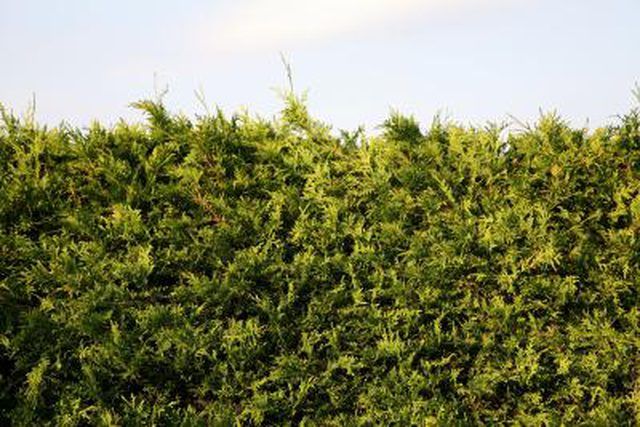Bulbs
Flower Basics
Flower Beds & Specialty Gardens
Flower Garden
Garden Furniture
Garden Gnomes
Garden Seeds
Garden Sheds
Garden Statues
Garden Tools & Supplies
Gardening Basics
Green & Organic
Groundcovers & Vines
Growing Annuals
Growing Basil
Growing Beans
Growing Berries
Growing Blueberries
Growing Cactus
Growing Corn
Growing Cotton
Growing Edibles
Growing Flowers
Growing Garlic
Growing Grapes
Growing Grass
Growing Herbs
Growing Jasmine
Growing Mint
Growing Mushrooms
Orchids
Growing Peanuts
Growing Perennials
Growing Plants
Growing Rosemary
Growing Roses
Growing Strawberries
Growing Sunflowers
Growing Thyme
Growing Tomatoes
Growing Tulips
Growing Vegetables
Herb Basics
Herb Garden
Indoor Growing
Landscaping Basics
Landscaping Patios
Landscaping Plants
Landscaping Shrubs
Landscaping Trees
Landscaping Walks & Pathways
Lawn Basics
Lawn Maintenance
Lawn Mowers
Lawn Ornaments
Lawn Planting
Lawn Tools
Outdoor Growing
Overall Landscape Planning
Pests, Weeds & Problems
Plant Basics
Rock Garden
Rose Garden
Shrubs
Soil
Specialty Gardens
Trees
Vegetable Garden
Yard Maintenance
Emerald Green Arborvitae Disease
Emerald Green Arborvitae Disease. Emerald green arborvitae is a favorite in landscaping because it is hardy, requires little maintenance, grows quickly and has thick, deep green foliage. This large shrub serves well as a yard hedge for privacy, a buffer for noise and wind or a foundation planting. Finding the right location and taking precautions...

Emerald green arborvitae is a favorite in landscaping because it is hardy, requires little maintenance, grows quickly and has thick, deep green foliage. This large shrub serves well as a yard hedge for privacy, a buffer for noise and wind or a foundation planting. Finding the right location and taking precautions to prevent disease and the ravages of insects and other pests will help ensure your arborvitae has a long and happy life.
Features
The cone-shaped emerald green arborvitae stand tall, reaching a height of 15 feet and a width of 4 feet. Typically, arborvitae do not have many problems with disease or pests. Their dark green color holds year-round, unless some form of environmental stress occurs. One common sign of such stress in arborvitae is any appearance of brown in its lush foliage. This can be because of a variety of factors. It's crucial to recognize signs of trouble and possible causes–including disease.
Basic Precautionary Care
Balanced care for arborvitae will protect and strengthen it, easing risk of exposure to disease. Emerald green arborvitae need rich, moist soil and and medium humidity. If rainfall is low, occasionally water deeply so its soil stays moist. Arborvitae also prefer full sun. Prune away localized spots of browning caused by broken twigs or branches. Fertilize in spring and late summer, using a balanced tree/shrub fertilizer. Young emerald green arborvitae need protection from wind. Stakes work well as supports.
Pests, Insects and Diseases
Bagworms are considered the largest threat for arborvitae because they can infest the shrub and completely defoliate it. Deer are also a threat because they like to eat the shrub's twigs and branches. Boring insects can cause significant damage in arborvitae because they burrow into the tree's system, interrupting water and nutrient flow, causing tissue death and leaving the shrub vulnerable to disease and death. Browning foliage is one symptom. If the soil around the arborvitae is too wet, it can cause root rot, which can destroy healthy tree tissue.
Treatments
To avoid root rot, regularly check the soil around emerald green arborvitae for water saturation and correct any drainage problems. Preventative steps are the best "cure" for insects. Check often for evidence of boring insects or other pest damage by inspecting the shrub's trunk and limbs for bits of sawdust and tiny holes. Insecticide products can be used against insect damage. The best ones contain "Neem oil," a "triple action" product considered safe for controlling mites, insects and diseases. Consult a local extension agent, landscaper or nursery owner for advice if your arborvitae is badly diseased or environmentally stressed.
Warnings
Proactive steps are important in preventing the browning of arborvitae foliage because once this happens, it will not return to green. Also, any regrowth is very slow. This can affect the appearance–in shape and thickness–of your arborvitae. Arborvitae are sensitive to "snow melt" salt used on pavement and sidewalks in winter. Locate your shrub away from such areas if salt is routinely used; mulching around its base will also help protect it.